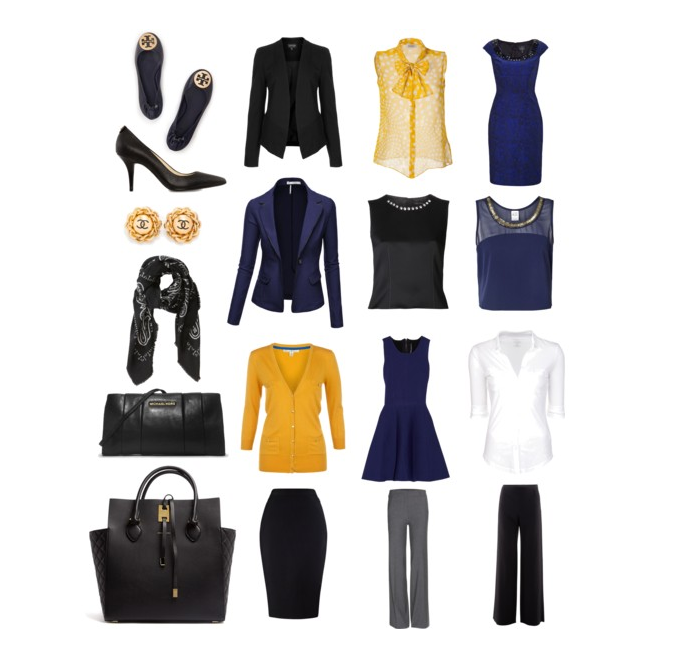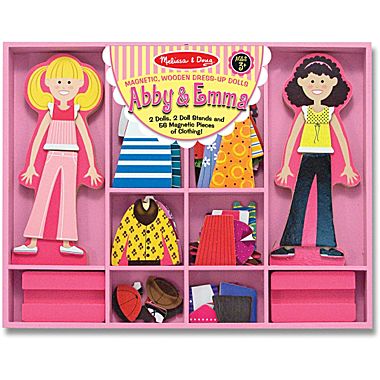Dear Maya,
I’ve just accepted a great new position that will require me to work in an office environment. I’ve worked remotely for the past decade. While I never work in my PJs, my home-office attire is not career-worthy. I value being comfortable and also want to look stylish and professional. I have about $500 to spend. Help!
P.S. Also, do you have a suggestion about a bag that’s not a briefcase but could double as computer bag/pocketbook?
Style Challenged
Dear Style Challenged,
Congratulations on the new gig! After ten years of doing your own thing, you’re in for quite an exciting change. And you couldn’t have picked a better time to make the wardrobe leap.
Finding the right clothes to make you feel comfortable, confident and at home (away from home) is easier than ever before. Today you can view literally thousands of options, compare prices and build a wardrobe without endless hours of shop hopping.
Here’s my four-step plan for developing a knockout work-wear shopping list. Tomorrow, I’ll follow up with a real-world game plan for locating quality clothes that you love at prices you can afford. I’ll also share my top picks for that tote you’re after.
Step 1: Set a Budget
You’re off to a great start already because you’ve got a specific budget in mind. That’s the crucial wardrobe-building step that most folks miss. Smart woman!
In the age of excess, it’s easy to rail against restraint and go crazy with new purchases. But the best wardrobes are built deliberately and over time—one treasured selection after another.
Step 2: Seek Inspiration
Start homing in on your signature style. Here are a few questions to consider at the outset:
- What types of garments do you feel most comfortable, confident and competent in?
- What situations are you likely to encounter in a typical workweek—breakfast meetings, networking nights, site visits, whatever’s common for your new role—and which pieces function best where?
- What do you want your clothes to tell others about you?
Write out your answers to each question and then start searching online for items that suit you. Sites like Shopbop.com, TheOutnet.com, Yoox.com and Halsbrook.com are good places to start because they offer a wide variety of looks. Polyvore goes one step further and make it easy for you to assemble digital collages like the one below, which I created.
Make your selections strictly based on what you love, what you would feel comfortable in and what would convey a professional image in your future office. Be sure to capture tops and bottoms and shoes and accessories. Over time, certain silhouettes, colors, textures and maybe even designers will repeat themselves in your collection. Take note: These elements (if not the exact items) will come to define your new look.
Don’t worry about price at this point. You just want to collect and discard enough images to refine your sense of what you like. Finding affordable versions of the items comes later.

Step 3: Select What Stays
You didn’t choose your current clothing with the office in mind, but some of it will still work. Shop in your existing closet for accessories, accent pieces and basics that can complement your new style. An old striped tee or neutral shell might pair nicely with a new fitted blazer.
Enlist the support of a chic friend to help you make final selections. Sometimes we just don’t see ourselves—or our possessions—very clearly, so a second set of eyes is indispensable.
Just think of all the fashion fails you’ve witnessed. Women tottering precariously on too-high heels or wearing skirts that cling where they should flare or tops that pucker where they should shape. They didn’t have a friend to tell them the truth—or they didn’t listen.
Your livelihood’s at stake here, so try on everything for fit and polish. Be ruthless in setting aside all that’s too big, too small, too short, too revealing or otherwise sends the wrong message. Pieces with frayed fabric, subtle stains or other flaws have got to go too. Fix ‘em or forget ‘em.
Take photos of the items that make the final cut. You’ll need these later.
Step 4: Clarify Shopping Needs
Now it’s time to use the inspiration items from step two and the closet inventory from step three to figure out what you need to buy now. Literally build ensembles by mixing and matching the two sets of images. Think of the paper doll sets of yore.
Some fashionistas can effortlessly pull together outfits in their heads. For the rest of us, there’s paper, Photoshop or Polyvore.
Make a note of various combinations with a goal of getting to ten outfits with the fewest number of new purchases possible. For example, if you were creating ensembles from the mini-wardrobe pictured above, a week’s worth of outfits might include:
- Mid-heel black pumps, black pants, gold blouse, gold cardigan.
- Mid-heel black pumps, pencil skirt, blue blouse, blue blazer.
- Black ballet flats, gray pants, black blouse, black blazer.
- Mid-heel black pumps, necklace sheath dress.
- Mid-heel black pumps, black pants, white Oxford shirt, bandana scarf.
Even though the inspiration images are specific, keep your descriptions loose like the example list above. That will give you the flexibility to respond to budget constraints. For example, a black and white scarf can be found at a range of price points, while the hand-painted bandana-print cashmere pashmina scarf shown above is at Barneys and costs $1,450.
Once you’ve outlined two weeks’ worth of outfits, you’ll be ready to shop. Also, check out this post on how to find ethical, sustainable clothes.
P.S.
My top pick for totes is Collina Strada Sarto Bag. Read this post for details. Also, check out Everlane’s Petra Collection. These simply elegant leather-exterior, suede-interior bags come in three sizes–magazine, market and portfolio. Odds are, one will be your perfect fit. Other brands to consider are Baggu, Clare Vivier and Alice.D.



